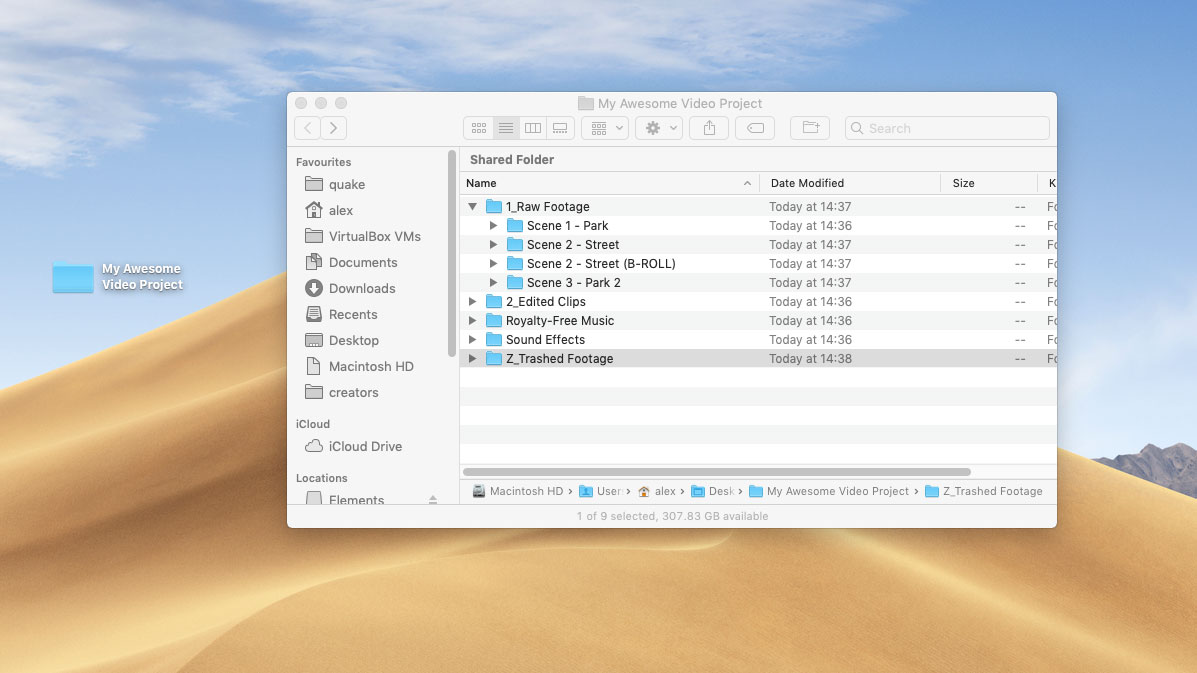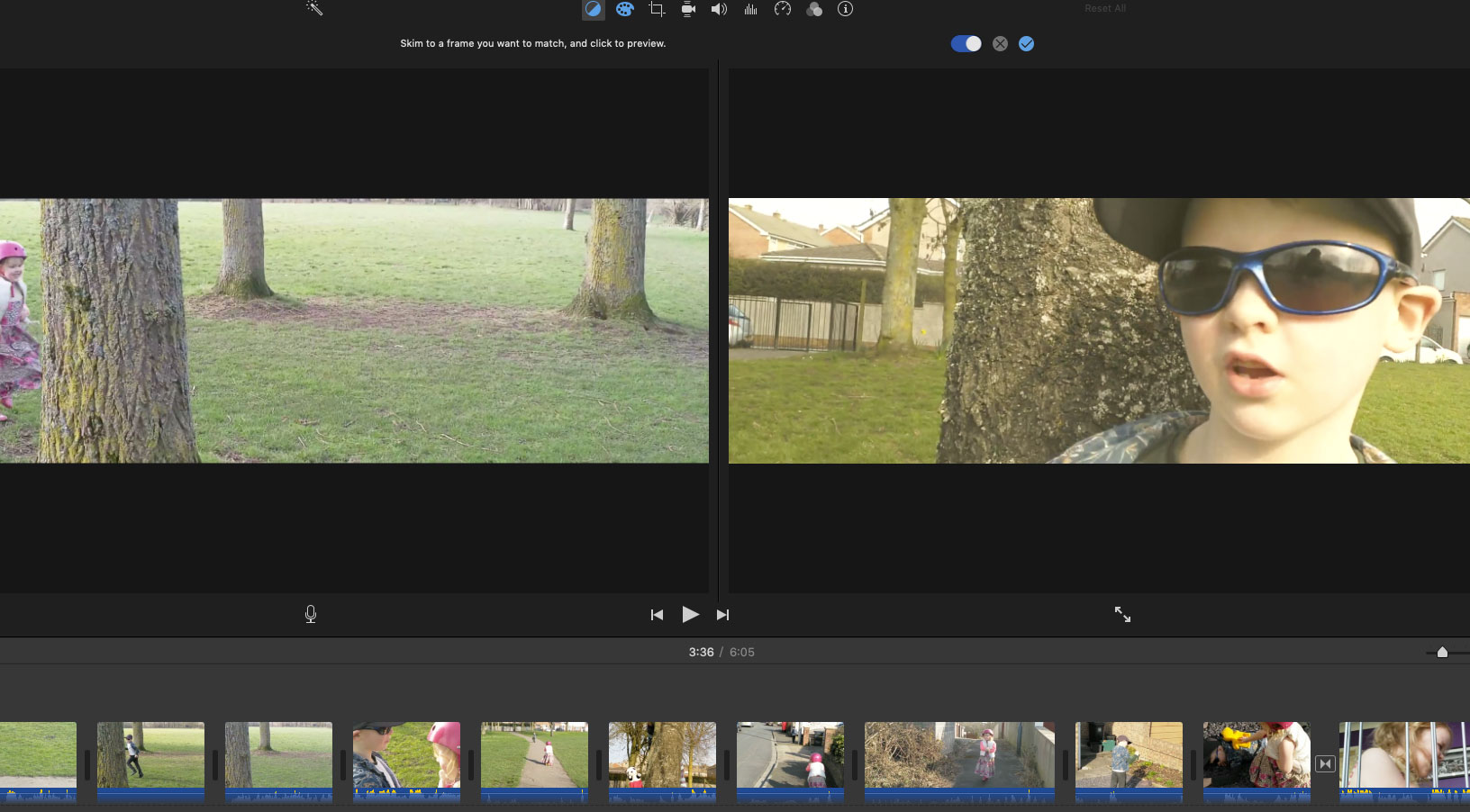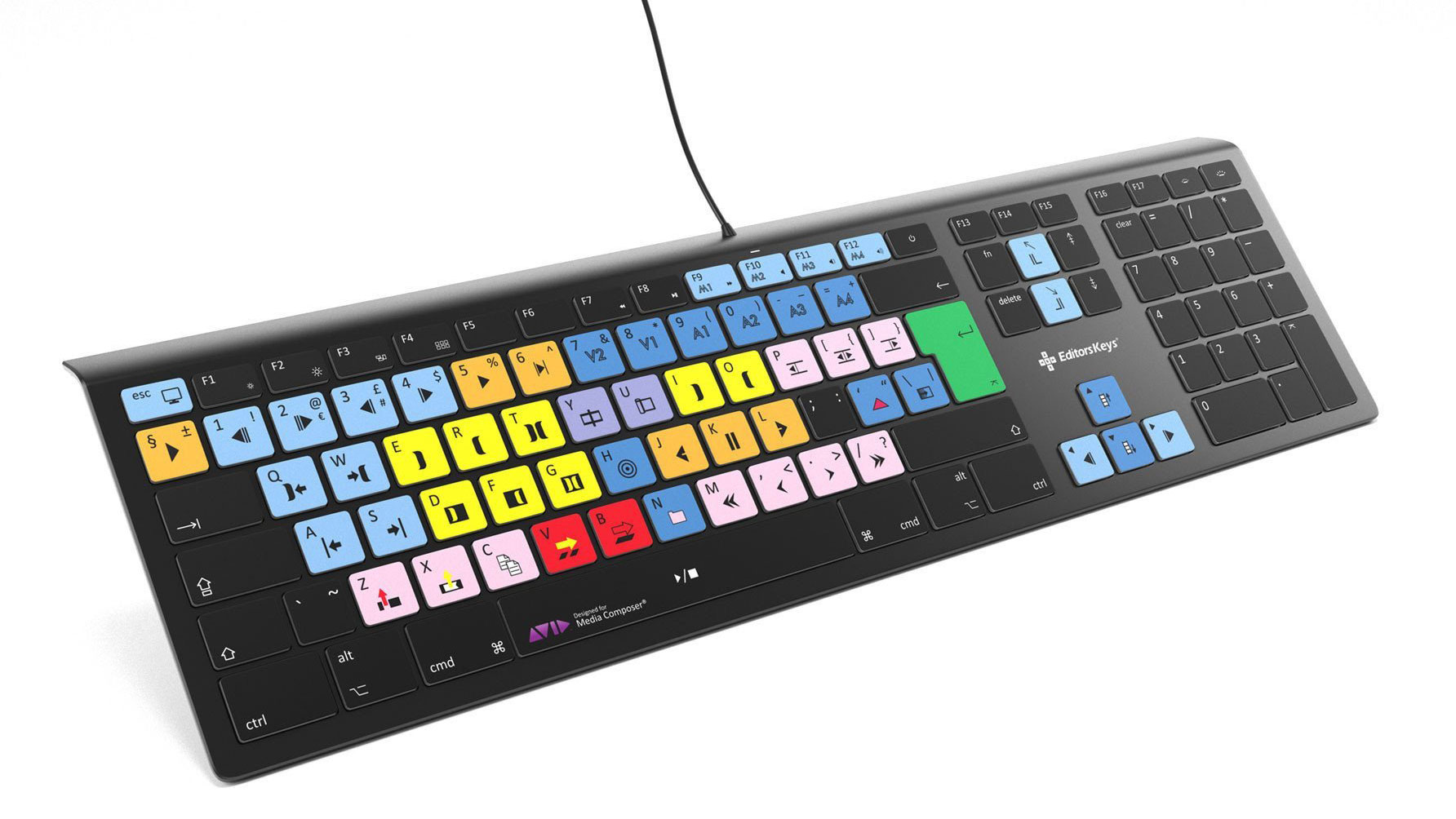How Long Does a Video Take to Edit
How to edit videos: best tips for beginners

Learning how to edit videos can be incredibly rewarding, whether your learning how to edit video for YouTube, having fun with home movies or for work. In the process of filmmaking, editing is an essential job. One of the last pair of eyes to pass over a film, the editor can contribute as much to the tempo and rhythm of a video as the director.
But as with any creative role, there are rules to follow and rules to break. We're not much interested in telling you the 'right' way and the 'wrong' way to edit your visual masterpiece, but we do have some essential tips and practical tricks to help you get started. And we've also got plenty of options for you regarding the best video editing software to use, and the best laptops for video editing if you're looking to upgrade your machine.
Whether you're creating a documentary, a commercial, a comedy reel or a YouTube special, these beginners' video editing tips are all about getting yourself started right, getting the tools you need arranged and familiar, and doing everything required to produce a fantastic end product, whatever your skill level. If you're looking for more pro software, download Premiere Pro for free to see if it's for you, and if you're looking for perfect audio, check out our best headphones for video editing. If it's social media editing you're after, then see our guide to how to edit videos on TikTok.
01. Set realistic expectations
Before you even start filming, consider what tools you'll be able to use, and what you're ultimately trying to achieve. For example, shooting in 4K will create amazing quality footage, but that might be at the expense of frame rate, and the resolution will put massive demands on your editing hardware, and so could make the process much more frustrating if you don't have the computer to match your ambition (see the best prices on our best computers for video editing if you feel you need to upgrade).
On the flip side, if this is for work, many clients will not be satisfied with a 1080p end product, and blowing up lower resolution footage should be avoided. So weigh up the strength of your hardware and software and set specific requirements for the end product before recording a single frame.
02. Keep it organised

This isn't so much an editing tip as it is a tip to remain sane: if you're stitching together a video made of lots of little clips, digging through a single bucket full of randomly named files is just going to drive you up the wall. Before you even think about the editing process, go through the footage and label all files properly to reflect the scene and the take, then drop them in folders separated by theme, and organise them in such a way that you can find them quickly, as you need them.
Another handy tip is to make folders for your sounds, music and images too, and put your project file in the root of a main folder encapsulating everything. It may be against many creative's instincts, but we advise that you don't send anything to the trash either. You never know when that seemingly botched take might come in handy.
03. Obey the 321 rule
On the same note, no matter what the medium, we've probably all felt the pain of not hitting 'save' and losing a huge amount of work. Saving your project often (and versioning it, so you can roll back on overzealous editing errors) is a given, but what happens if your hard drive gives up the ghost and your raw footage is lost forever? That's potentially much more catastrophic.
Backup experts swear by the 321 rule – three copies, in at least two different places, one of which is off-site – but as long as your raw footage is on at least two physical drives, and you regularly send your project off to your backup location, you'll be adequately covered. An online service like Google Drive could be a good target for an online backup, though you'll likely need to spend a little more than average given the size of most video.
04. Don't be scared to try it
Orson Wells once said: 'The notion of directing a film is the invention of critics - the whole eloquence of cinema is achieved in the editing room.' While this still holds true, modern editing isn't like the old days of splicing and literally cutting film. Today, it's non-destructive, which means that no matter how crazy you get with editing, your original footage stays entirely as it was. You can import whatever you like into your editing software, and adjust your cuts to your heart's content without losing a thing.
If a transition between shots doesn't feel right, have a play and change it until it does. If a clip feels too roomy, tighten it up until the pace of your video quickens. There's a reason good editors are so highly prized: there's artists and there's no direct formula which makes for a good video. It's all down to feel.
05. Think about colour

Some would argue that the best editing is completely unnoticeable; it's certainly true that it's jarring when a viewer notices clear differences in camera colour. The editor's job isn't just about order and pace – it's essential to get the colour right too. That does mean a fair amount more work, colour correcting each clip for consistency, and then colour grading the final footage to give your video a classier look. You don't need to make everything Matrix-green, but a grade (even something which uses a simple LUT for a filmic wash) can make all the difference to the end product and turn a simple edit into something much more professional.
06. Simplicity is your friend
Effects and transitions are exciting, right? Well, kind of. Before you get all star wipe happy, think about your viewer, and what kind of film you're trying to present. If you're jumping between clips, there is usually no need whatsoever for a transition – even a neat dissolve – when a simple cut would do.
But, as we've said before, you shouldn't let that stop you from experimenting with the tools your software has to offer – that's a vital part of learning to edit. But do save the effects for the moments where they really make sense. A wipe might signify the passage of time or a change of location, while a fade to black (or even white) is a good way to definitively end a scene as long as it's not overused. Keep the same thought in mind if you're adding text to your video: make it clean and easy on the eye.
07. Use B-roll
Depending on what you're trying to put together, B-roll footage can be absolutely essential. You'll likely have noticed those moments in on-camera interviews where a camera trained on the subject suddenly switches to one on the interviewer, nodding thoughtfully – this footage is often taken after the fact, and used to subtly edit out speech stutters or gaps without a noticeable jump in the footage. We're not suggesting you follow the over-excited formula many modern editors employ, with a cut every two seconds or so, but switching to a second camera can help turn momentarily poor footage into a perfectly useable shot.
08. Cut it short

You've likely seen Avid keyboards, or well-worn Macbooks covered in pastel stickers, used by pro editors. These only exist because keyboard shortcuts are so incredibly important to the editing process; if you're fumbling around and only clicking a mouse, your edit is going to take so much longer than it will if you know what to hit to perform crucial functions.
You don't necessarily have to deface your equipment, but learning the basic controls, and perhaps picking up a gaming mouse with extra buttons, which can be mapped to quick actions, will make your life as an editor much easier. See our list of best mice or best keyboards if you're looking to see what's out there.
Read more:
- The best video editing apps right now
- The best tablets for photo and video editing
- Download Premiere Pro: How to try Premier Pro for free
Alex has spent more than twenty years crafting and critiquing words for the world's finest technology magazines and websites. He's now half-dad, half-freelance word machine – with a little Twitch streaming and gaming if there's a minute to spare.
Related articles
How Long Does a Video Take to Edit
Source: https://www.creativebloq.com/features/how-to-edit-videos
0 Response to "How Long Does a Video Take to Edit"
Post a Comment